If the idea of eating simple, refreshing raw whole foods to feel healthier seems attractive to you, read on. Discover what a raw food diet is and foods you can eat right here. Plus check out the meal ideas and more.
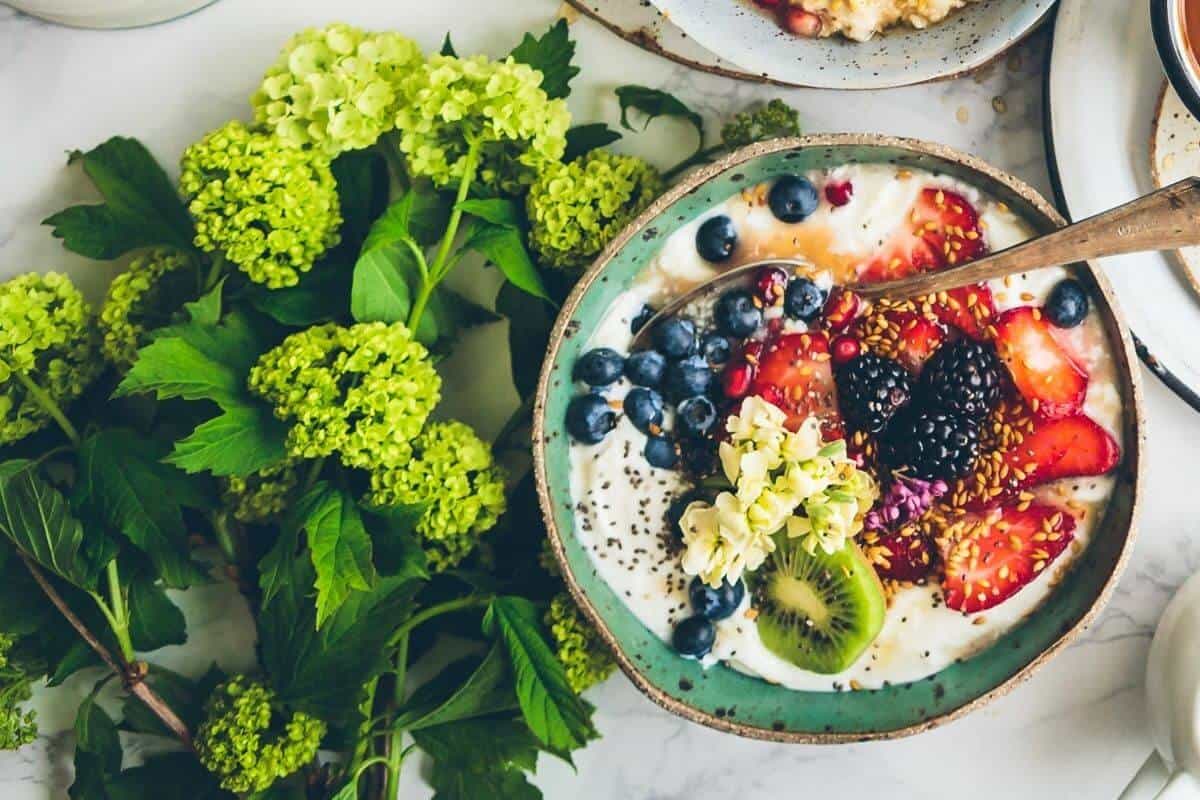
Photo by Brooke Lark on Unsplash.
Jump to:
What is a raw food diet?
Eating raw foods can be highly nutritious. The focus on this way of eating is around enjoying more fresh seasonal whole foods, as unprocessed and close to nature as possible.
Food can be warmed but is believed to begin losing many nutrients and enzymes after 118 degrees F.
I think of it as more of a lifestyle choice than a diet. Diets make me think about food restrictions and trying to lose weight. Raw foods mean neither of these things to me.
Food is there to be enjoyed, and one of the things I love about when it's raw is that I eat an abundance to get the nutrition my body needs to be at its best.
I’m passionate about raw foods because eating this way gives me crazy energy all day long.
Eating mostly raw plants is a simple, peaceful and beautiful way to eat that's also nourishing, sustainable, eco-friendly and cruelty-free.
I can prepare most of my meals this way in under 20 minutes, with no cooking and very little washing-up! ...Cool right?
It's naturally really fast food and full of goodness.
Including plenty of raw ingredients in my diet ensures that I always have colourful and seasonal foods on my plate all year. It’s ever-changing and never dull.
It’s been (and still is) hugely beneficial to my health in many other ways too. In fact, it’s been positively life-changing.
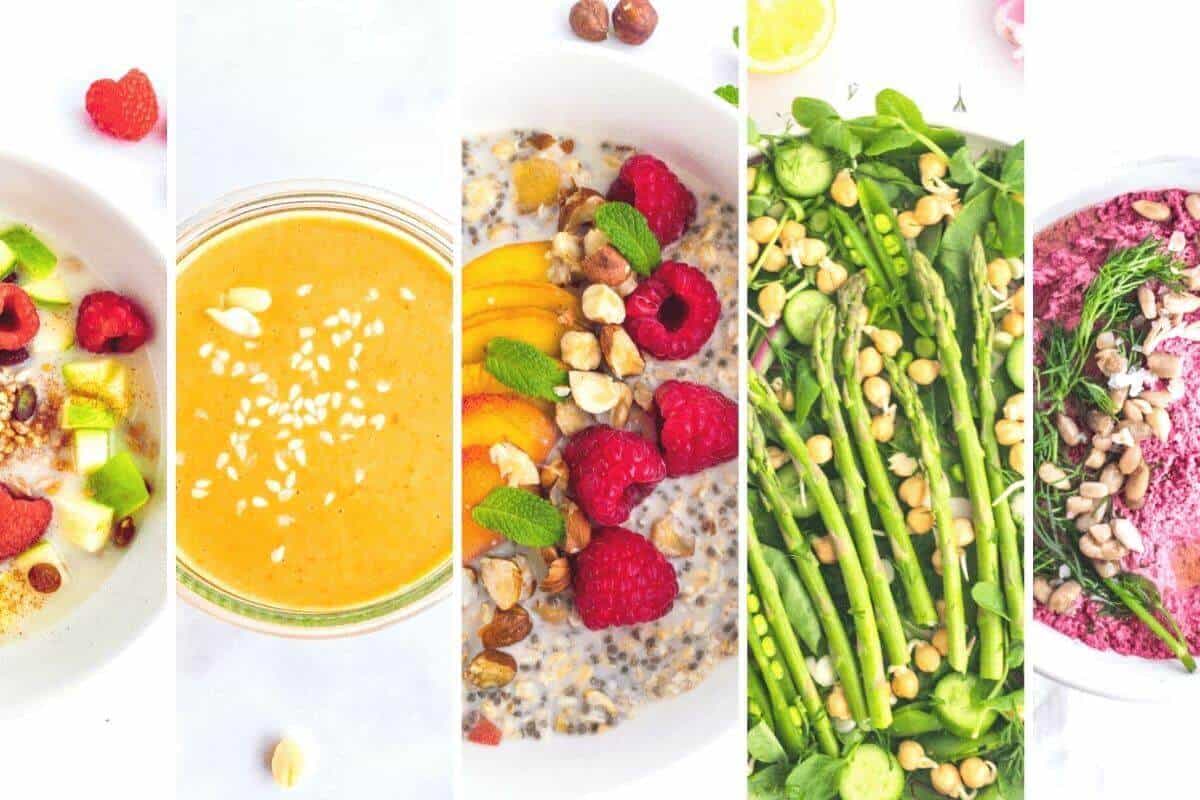
What do you eat?
After eating a standard Western diet for so long, one of the most adorable aspects of raw food is the simplicity of it all. There's wholeness, a rainbow of colours and vibrance. Plus of course NO COOKING! Yes, that's right no cooking at all.
Mainly, I focus on eating plant-based whole foods, including:
- plenty of fresh fruits, vegetables and leafy greens,
- nuts and seeds,
- seaweeds,
- sprouts,
- micro-greens,
- some fermented foods like sauerkraut, kombucha, kefir and more.
I’ve listed some examples below.
[convertkit form=5231962]
Fresh fruit.
e.g. Apple, Apricot, Avocado, Banana, Blackberry, Blueberry, Coconut, Cherry, Cranberry, Dates, Figs, Grapes, Kiwi, Lemon, Lime, Lychee, Mango, Melon, Nectarine, Orange, Papaya, Passion Fruit, Peach, Pear, Pineapple, Plum, Pomegranate, Quince, Raspberry, Redcurrant, Satsuma, Strawberry, Tangerine, Watermelon.
Vegetables.
e.g. Artichoke, Asparagus, Aubergine, Beetroot, Brussel Sprouts, Broccoli, Cabbage, Cauliflower, Carrot, Celery, Celeriac, Chicory, Chilli, Corn (Sweetcorn), Courgette, Cucumber, Endive, Fennel, Garden Peas, Green Bean, French Bean, Lettuce, Leek, Marrow, Mushroom, Olives, Onion, Parsnip, Peppers (Bell), Pumpkin, Radish, Rhubarb, Runner Bean, Snow Pea, Sweet Potato, Squash, Turnip.
Leafy greens.
e.g. Arugula (Rocket), Bok Choy, Cavolo Nero, Beet Greens, Chard, Choi Sum, Kale, Lettuce, Spinach, Spring Greens, Watercress.
e.g. Almonds, Brazil, Cashew, Coconut, Hazelnut, Macadamia Peanut, Pine nut Pistachio, Walnut, Aniseed, Caraway, Celery, Chia, Dill, Fennel, Flax, Hemp Hearts, Macadamia, Pecan, Poppy, Pumpkin, Sesame, Sunflower.
Nut and seed butter.
e.g. Almond, Brazil Nut, Cashew, Coconut, Hazelnut, Macadamia, Pecan, Sunflower Seed, Walnut.
Plant Milk.
e.g. Almond, Cashew, Coconut, Hazelnut, Hemp Seed, Macadamia, Oat, Quinoa, Rice, Sesame Seed, Pumpkin Seed, Sunflower Seed, Tigernut.
Dried fruit.
e.g. Apple slices, Apricots, Banana chips, Blueberries, Cherries, Cranberries, Currants, Dates, Figs, Goji Berries, Mandarin, Peaches, Pineapple, Prunes, Raisins, Sun-Dried Tomatoes.
Seaweed and algae.
e.g. Arame, Dulse, Kelp, Kombu, Nori, Wakame.
Naturally unpasteurised fermented foods.
e.g. Kimchi, Miso, Sauerkraut, Kombucha, Kefir.
e.g. Amaranth, Basil, Broccoli, Cauliflower, Cabbage, Chia Seed, Celery, Coriander, Garlic, Chive, Kale, Mustard, Parsley, Pea Shoots, Rocket, Radish, Sunflower, Watercress.
Sprouted and soaked seeds.
e.g. Chickpeas, Lentils, Mung Beans, Oats, Buckwheat, Quinoa, Radish, Alfalfa, Chia Seeds, Flax, Pumpkin, Sesame, and Sunflower.
The FSA advises that people in vulnerable groups should always cook sprouts thoroughly until steaming hot all the way through before eating. This includes pregnant women, young children, the elderly and those with a weakened immune system. This is because some sprouts may contain harmful bacteria.
Unrefined natural sugars.
e.g. Coconut sugar, Maple syrup, Carob, Date paste, Lucuma powder.
Cold-pressed oil
e.g. Avocado, Coconut, Flax, Olive, Sesame.
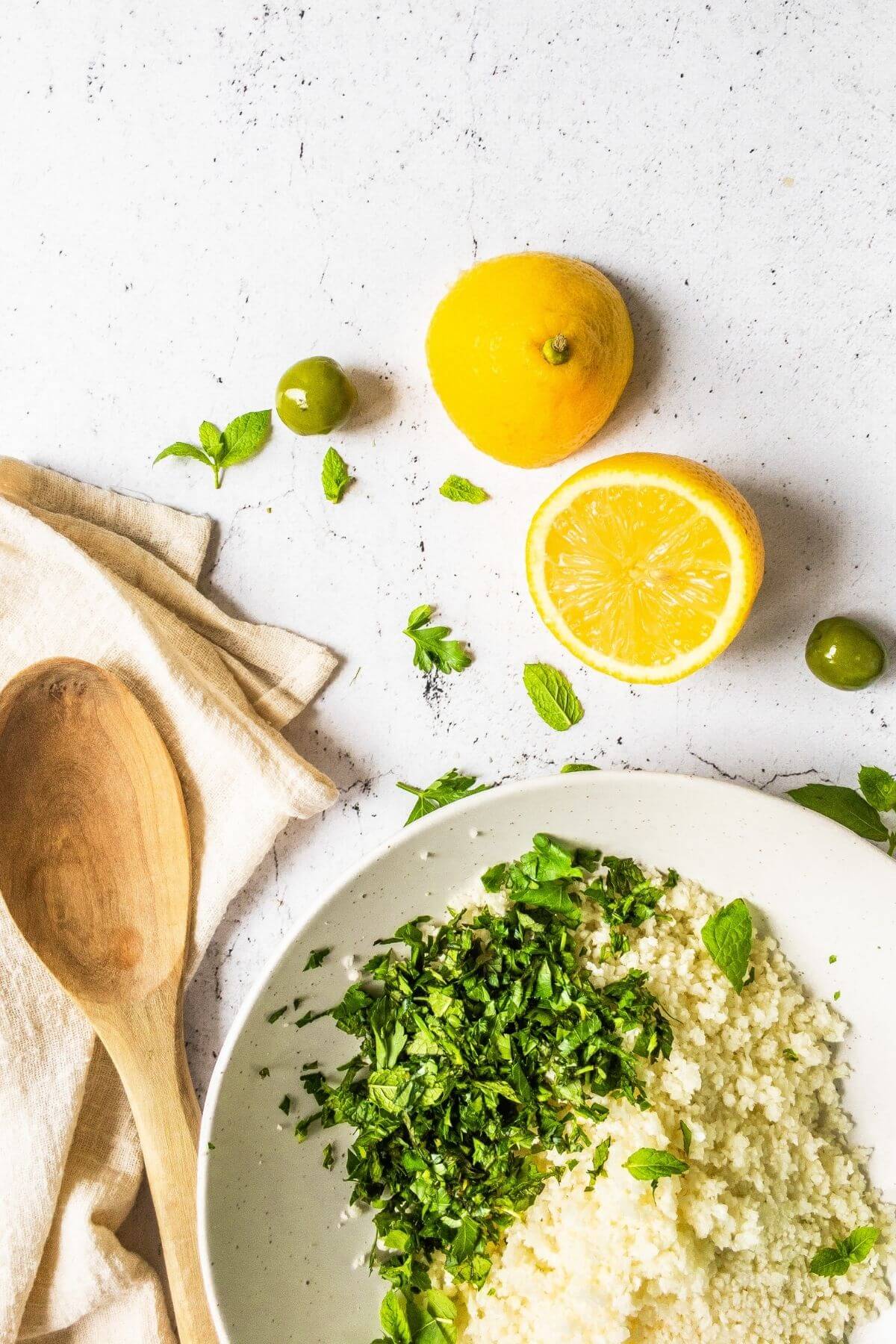
Do you need to go fully raw?
Did you know that most raw foodies are, in fact, not 100% Raw? So their diet might go from 50% - 90%.
I’m in this group. I don’t want to be 100% raw.
Where I live is cold much of the time, and my body naturally craves warmth. For me and many others, getting the right balance means enjoying cooked foods and raw foods, especially in colder months.
Many people get a dehydrator to do the warming for them. Using one will enable you to produce many more raw recipes.
A high-speed blender can warm foods slightly too. So they’re perfect for making homemade soups!
Many people opt for vegetarian or vegan when considering going raw.
Some people include raw dairy, raw eggs, fish (such as sashimi and ceviche) and a small amount of meat.
We’re each individual. How we eat will reflect this.
All that matters is finding out what works best for you.
Check out more raw food articles you may like:
Plant-based raw food meal ideas.
Here are some ideas to help you make delicious raw foods that are easy to prepare and full of nutrient-rich ingredients.
Breakfast - Healthy breakfast recipes can be the easiest way to start with raw food. Recipes like this raspberry and apple buckwheat breakfast or my strawberry coconut chia pudding.
Main dishes - Raw main dishes are full of vibrant leafy greens, veggies, sprouts and more like these raw veggie wraps, or one of my favourites - courgette spaghetti.
Drinks that are filled with deliciousness including smoothies, nut milk and milkshakes.
Fermented foods such as raw sauerkraut or this cashew yogurt recipe.
Dips and dressings like this creamy sprouted chickpea hummus, an easy cashew mayonnaise recipe or my lemon herb vinaigrette.
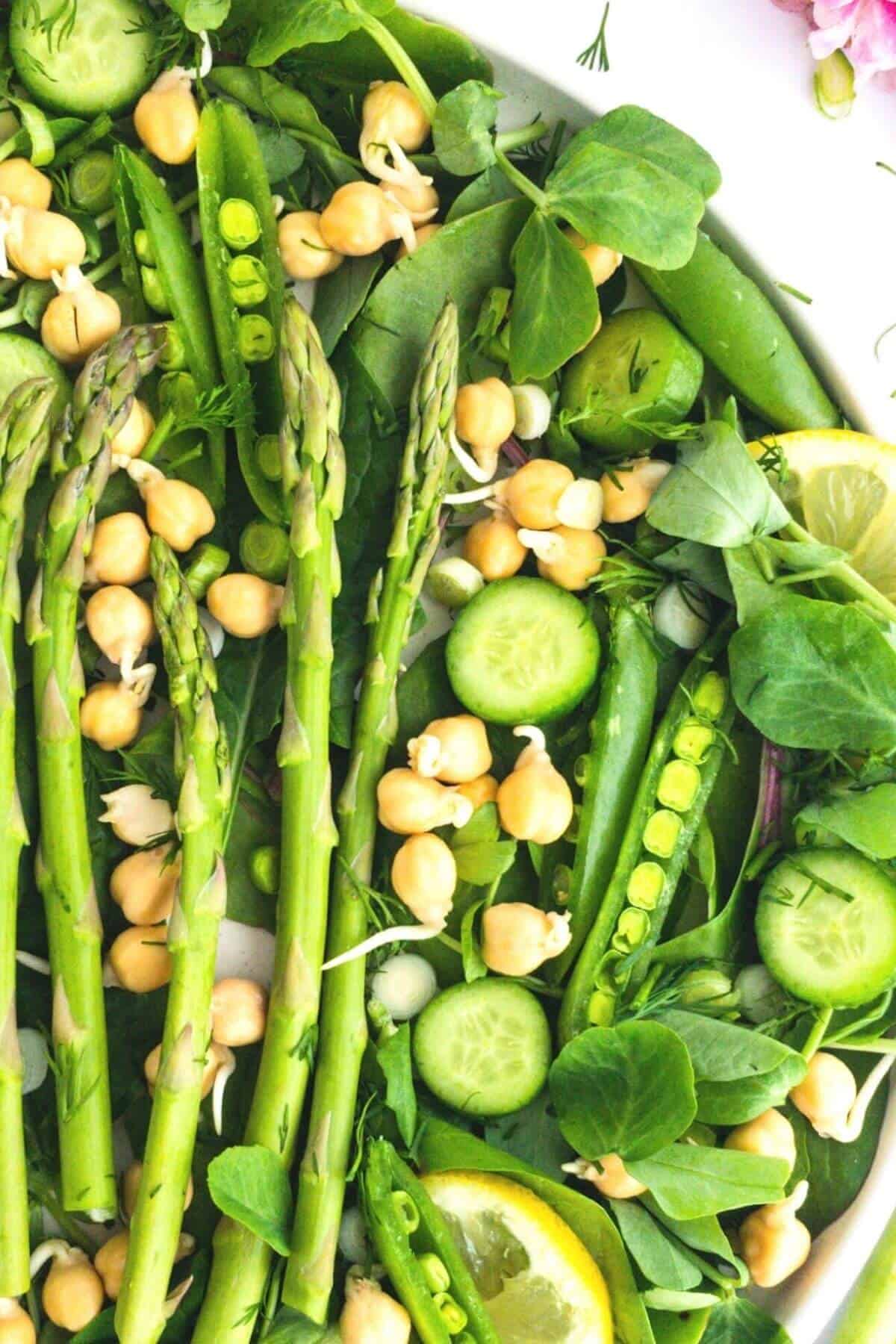
3 Great ways to start
Start exploring simple new recipes, foods, and new combinations.
A great way to avoid feeling overwhelmed is to break it down into small doable steps.
Step 1 - One meal at a time
Start to focus on enjoying just one meal at a time and give yourself time to discover new recipes you love.
Breakfast (for most people) is the first meal of the day. This is a great place to begin and set yourself up successfully for the rest of the day.
Step 2 - East Seasonally
For each season, I like to create a list of raw foods I love and want to include in my recipes.
For example, I know I’ll buy asparagus in May, strawberries in June and squash in October. What will you look forward to what’s in season this month?
Your local supermarket often provides pamphlets with the current season’s produce. Or check out your local greengrocers or town market to see what’s around where you are.
I like to look for local produce first as the main foods on my shopping list. Seasonal local foods are usually more affordable and may travel fewer food miles too.
You can find out more about seasonal foods in the UK here: http://eattheseasons.co.uk
Step 3 - Create a weekly meal plan
Create a weekly meal plan and start to include a few meal ideas or recipes with plenty of fresh raw fruits and vegetables.
Meal planning is one of the most important strategies for starting and staying on a raw, focused lifestyle.
For more tips on how to start a raw food diet, check out my post: 10 ways to start with raw foods.
What are the benefits of a raw food diet?
Many people enjoying a diet that’s rich in raw foods report experiencing:
- higher energy levels
- better digestion
- clearer thinking
- clearer skin
- reduced bloating
- improved immunity
A whole foods plant-based lifestyle with plenty of freshly prepared raw ingredients could be one of the best things you do for your health.
As with any change in your diet, you should always speak to your doctor or a qualified healthcare professional before making changes and discussing if raw foods suit you.
If you found this post helpful, I’d be very grateful if you’d help by sharing it. Thank you!
I’m off to make some tea!
Juliette
Want my raw food list sent to your Inbox? Why not subscribe to Flourishing Kitchen and get recipes and raw food tips straight to your inbox each week?

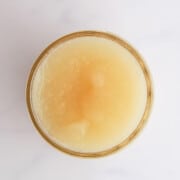
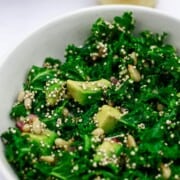
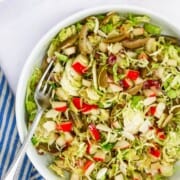

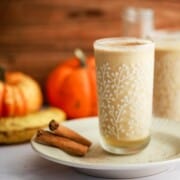
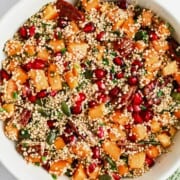
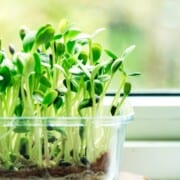
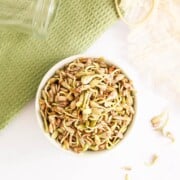
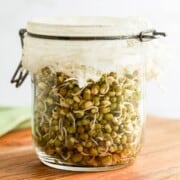
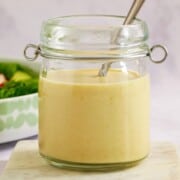
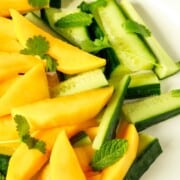
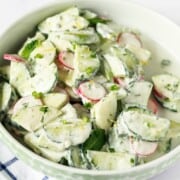
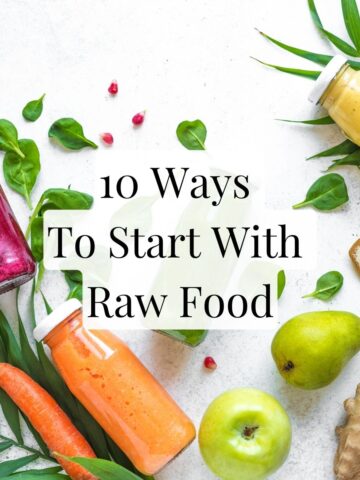
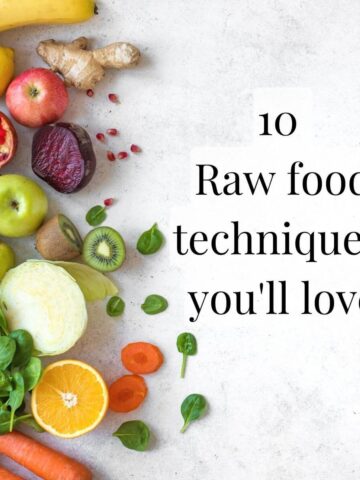
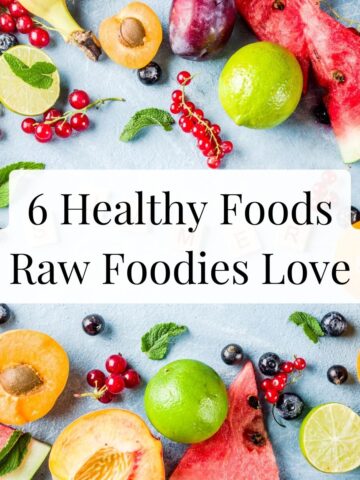

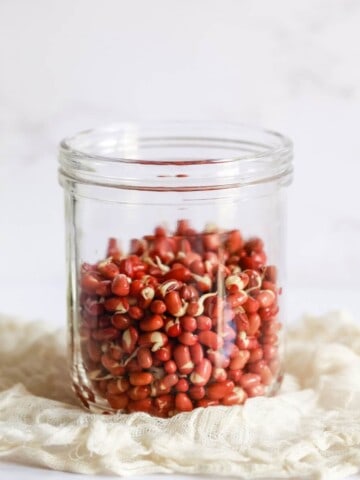
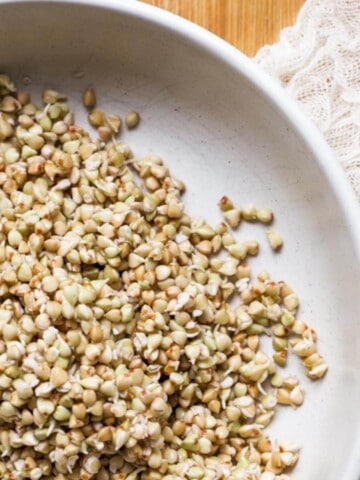
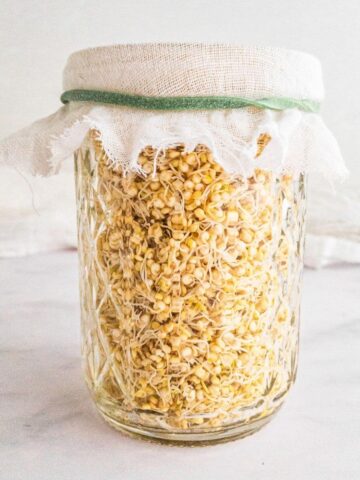
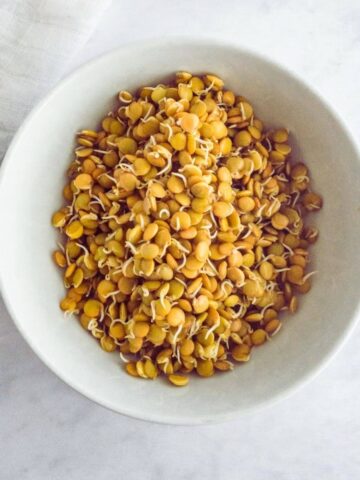
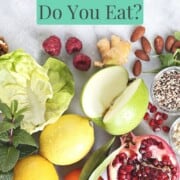
Comments
No Comments